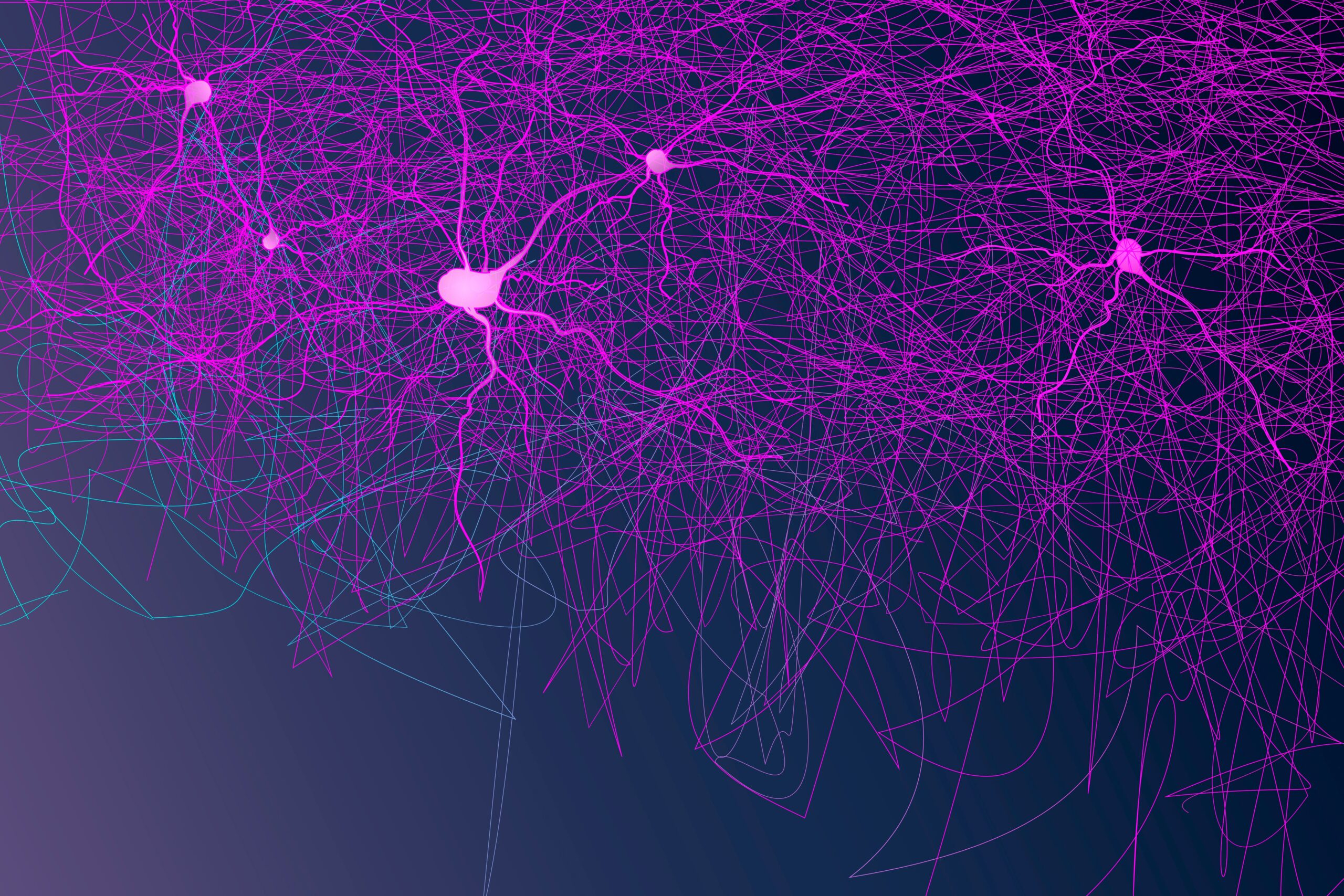
When institutions break down, people adapt. When systems become corrupted by pathocratic forces, structures of power that reward cruelty, suppress empathy, and manipulate narratives to serve domination over well-being, the individuals inside those systems often must develop traits, behaviors, or coping mechanisms that reflect their environment. This is where we begin to understand the emergence of trauma-adapted neurodivergence as both a survival response and a cultural indicator.
—
Defining Trauma-Adapted Neurodivergence
Neurodivergence refers to cognitive and neurological variation that diverges from the perceived norm, including conditions like ADHD and autism. However, trauma-adapted neurodivergence is a distinct manifestation: it refers to traits, behaviors, or adaptations that mimic neurodivergent presentations but are rooted in chronic stress, adverse childhood experiences (ACEs), institutional betrayal, or systemic oppression.
These adaptations may manifest as:
Hypervigilance (often mistaken for anxiety or inattentiveness)
Emotional dysregulation (misread as immaturity or mood disorder)
Executive dysfunction (difficulty starting or completing tasks)
Rejection sensitivity, emotional shutdown, or masking
As Dr. Gabor Maté explains in The Myth of Normal, many symptoms we attribute to disorders are in fact normal responses to abnormal environments. Trauma, he asserts, is not what happens to you, it’s what happens inside you as a result of what happens to you.
—
When Systems Are Infected by Pathocracy
Pathocracy, as defined in ponerology (the study of evil in sociological systems), refers to social, political, or institutional structures governed by those with antisocial traits. These systems:
Prioritize control over connection
Reward performance over wellness
Punish vulnerability
Create hierarchies of compliance, not competence
Dr. Russell Barkley’s work on ADHD emphasizes the biological underpinnings of executive function disorders, but he also notes that environmental stressors exacerbate these challenges. Children and adults with ADHD often develop secondary emotional issues not because of the condition itself, but due to how they are treated by their environment.
In systems infected by pathocracy, even neurotypical individuals may begin to present neurodivergent-like traits. In contrast, those already born with ADHD or autism are often pushed into deeper dysregulation or masking to survive.
—
Signs of Systemic Trauma-Adaptation
When trauma-adapted neurodivergence begins appearing in large numbers across schools, workplaces, or families, it signals a deeper infection in the system:
1. Overregulation or Micromanagement: When autonomy is stripped, people stop innovating and begin masking.
2. Punitive Cultures: Chronic fear conditions the brain into hyperarousal or dissociation.
3. Shame-Based Motivation: People learn to meet expectations through fear, leading to dysregulation and burnout.
4. Suppression of Authenticity: Emotional masking becomes a daily norm, with neurodivergent traits hidden for survival.
5. Disconnected Leadership: Leaders act from authority, not attachment, leading to disintegration of trust.
These dynamics foster developmental adaptations that are mistaken for personality or disorder, when in fact they are functional responses to dysfunction.
—
The Continuum of Trauma and Divergence
Dr. Maté urges us to see trauma not as an isolated event but as a relational wound. He and others argue that many of the traits labeled as disordered are adaptive strategies that reflect the absence of secure attachment, emotional safety, and meaningful regulation in early environments.
Similarly, Barkley describes how children with ADHD do best when provided externalized executive functions: consistent routines, affirming structure, and co-regulation. But in pathogenic systems, those supports are replaced by stress, shame, and unpredictability.
The result: individuals who were born neurodivergent are often pathologized twice, first by their neurology, and second by the adaptations they make in response to unsafe systems.
—
Trauma as a Diagnostic Mirror
Trauma-adapted neurodivergence is not simply an individual struggle. It is a mirror held up to corrupted institutions. If we see entire classrooms full of children struggling to self-regulate, or workforces crippled by burnout and emotional fragility, the solution is not to medicate or motivate harder, it is to ask: What are these nervous systems trying to survive?
The widespread appearance of trauma-adapted traits is a systemic diagnosis. It reveals that the environment is not psychologically safe. It is producing adaptive stress responses en masse.
—
Pathocratic Amplification of Neurodivergence
One of the more insidious effects of a pathocratic system is its ability to intensify existing neurodivergence, not through genetics, but through sustained trauma:
Children with ADHD may become emotionally numb or explosively reactive.
Autistic individuals may lose speech or regress under prolonged stress.
People with no formal diagnoses may develop trauma-induced disassociation, executive dysfunction, or extreme sensitivity.
These are not disorders of character, they are the outcomes of pathogenic adaptation. In short: the system is making people sicker.
—
Reclaiming Healing Through Systemic Reform
If trauma-adapted neurodivergence is a symptom, then healing must begin at the source. Both Maté and Barkley, in their own ways, advocate for:
Compassion-based education and parenting
External structure without shame
Recognition of developmental diversity
Attachment-centered leadership
To reverse the effects of pathocratic systems, we must:
Create environments of psychological safety
Train leaders in emotional intelligence and co-regulation
Rebuild institutions with secure attachment as a foundational principle
—
Conclusion: A Sociological Immune Response
Trauma-adapted neurodivergence is not a problem to be fixed, it is a signal to be honored. It tells us that a system is failing its people. When we see these adaptations arise, especially in those already carrying the weight of ADHD or autism, we are called not to correction, but to connection.
In this light, neurodivergence becomes part of the sociological immune system: a response, a resistance, and a request for something better. The cure is not compliance. The cure is transformation.
—
Posted by The Ethiocratic Foundation
Sources: Dr. Gabor Maté (The Myth of Normal), Dr. Russell Barkley (Taking Charge of ADHD), clinical research on ACEs, and emerging insights from trauma-informed pedagogy and neurodivergence advocacy.

Leave a Reply